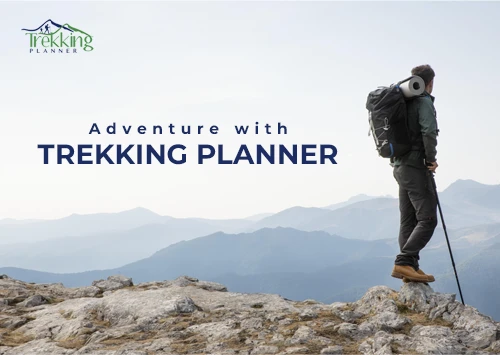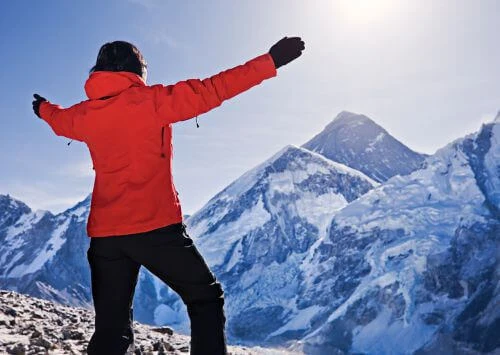Why July is the Best Time to Trek to EBC? What Trekking Planner Nepal says about it.
July marks the beginning of the monsoon season in Nepal, which typically lasts until September. While the idea of trekking in the rain might not sound appealing at first, there are several reasons why July is actually the perfect time to trek to Everest Base Camp.
Firstly, the rain brings a lush greenery to the landscape, making the views even more breathtaking. The clouds add drama to the sky, creating stunning sunrises and sunsets that will leave you speechless. The rain also keeps the crowds away, so you'll have the trails and the teahouses to yourself. You'll have a more authentic experience as you interact with the locals and learn about their way of life.
Moreover, the temperatures in July are cooler than in the peak season of October and November, which means you'll be more comfortable during the trek in Everest Region. The monsoon also brings fewer dust and pollutants in the air, making the views clearer and the air fresher.
In summary, trekking to Everest Base Camp in July means you'll have an authentic, less-crowded experience, with stunning views and comfortable temperatures.
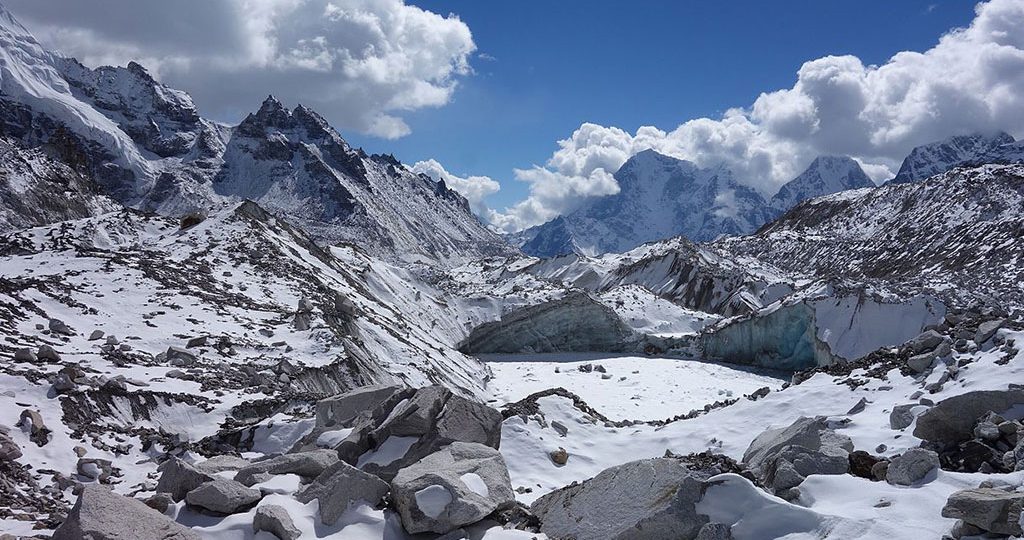
What Trekking Planner Nepal recommends for Physical Preparation for EBC Trekking in July.
Trekking to Everest Base Camp is a challenging endeavor that requires physical fitness and mental toughness. Even if you're an experienced hiker, you need to prepare your body and mind for the altitude, the steep terrain, and the long hours of walking.
The first step is to consult with your doctor to make sure you're fit to trek. You should also start a fitness regimen at least three months before your trip, focusing on cardio, strength training, and endurance. You can also practice hiking on hills or stairs to simulate the terrain you'll encounter on the trek.
It's also essential to acclimatize your body to the high altitude gradually. That means taking rest days and hiking slowly to allow your body to adjust to the thinner air. Drinking plenty of water and eating a balanced diet will also help you stay healthy and energized during the trek.
Packing List for EBC Trekking in July suggested by Trekking Planner Nepal.
Packing for the Everest Base Camp Trek can be daunting, especially if you're unfamiliar with the terrain and the weather. Here's a list of essential items you should bring with you:
- Hiking boots with ankle support and good traction.
- Lightweight and breathable hiking clothes, including waterproof jackets and pants.
- Warm layers, including a fleece jacket and a down jacket.
- Hat, gloves, and a buff or a scarf to protect your head, hands, and neck.
- Sunglasses and sunscreen to protect your skin and eyes from the sun and the snow.
- Trekking poles to help you with balance and stability.
- Sleeping bag and a liner for the teahouses.
- Water bottles and water purification tablets.
- Snacks and energy bars to keep you fueled during the trek.
- First aid kit with basic medicines and supplies.
- Camera and extra batteries to capture the stunning views.
Remember to pack light and only bring the essentials. You'll be carrying your own backpack during the trek, so make sure it's comfortable and fits well.
Tips for Safe and Enjoyable Trekking.
Trekking to Everest Base Camp can be an exhilarating and life-changing experience, but it can also be risky if you're not careful. Here are some tips to help you stay safe and enjoy the trek. Here are some instructions from Trekking Planner Nepal.
- Follow your guide's instructions and listen to your body. If you feel sick or exhausted, take a break and rest.
- Drink plenty of water and stay hydrated. Dehydration can lead to altitude sickness.
- Avoid alcohol and smoking during the trek. They can make altitude sickness worse.
- Protect yourself from the sun and the cold. Wear sunscreen, sunglasses, and warm layers.
- Respect the local culture and customs. Dress modestly and ask for permission before taking pictures.
- Stay in teahouses recommended by your guide. They are safe and provide basic amenities.
- Be mindful of the environment. Don't litter and don't disturb the wildlife.
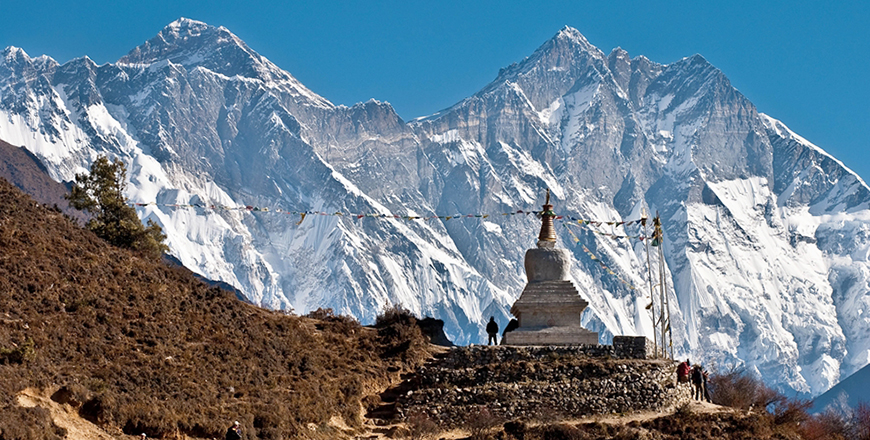
Must-See Sights on the Way to EBC and Some Places Trekking Planner Nepal Suggests.
The Everest Base Camp Trek is not just about reaching the base camp. It's also about experiencing the beauty and diversity of the Khumbu Region and its people. Here are some must-see sights on the way to EBC:
- Namche Bazaar, the gateway to the Everest region and a vibrant trading hub.
- Tengboche Monastery, a beautiful and spiritual place with stunning views of Everest and Ama Dablam.
- Dingboche, a picturesque village with a unique cultural and architectural heritage.
- Gorakshep, the last stop before reaching the base camp, with breathtaking views of the Khumbu Glacier and the surrounding peaks.
Accommodation and Food on EBC Trekking in July.
Accommodation during the Everest Base Camp Trek is in teahouses, small guesthouses that provide basic amenities such as a bed, a blanket, and a pillow. Most teahouses also have a dining room to enjoy meals and socialize with other trekkers.
The teahouse food is simple but hearty, with various Nepali and Western dishes. You can expect to eat dal bhat, a traditional Nepali meal of rice, lentil soup, vegetables, pasta, noodles, and potatoes. You can also buy snacks and drinks at the teahouses, but keep in mind that prices increase as you go higher in altitude.
Expert Guide to Everest's Best Camp Trekking Route.
The Everest Base Camp Trek is a 12 Days trek that covers a distance of 130 km (80 miles) round trip. Here's a day-by-day breakdown of the trekking route:
Here is a break down of the itinerary which trekking planner Nepal follows
- Day 1: Fly from Kathmandu to Lukla (2,840 m/9,318 ft) and trek to Phakding (2,610 m/8,562 ft).
- Day 2: Trek from Phakding to Namche Bazaar (3,440 m/11,286 ft).
- Day 3: Acclimatization Day in Namche Bazaar.
- Day 4: Trek from Namche Bazaar to Tengboche (3,860 m/12,664 ft).
- Day 5: Trek from Tengboche to Dingboche (4,410 m/14,468 ft).
- Day 6: Acclimatization Day in Dingboche.
- Day 7: Trek from Dingboche to Lobuche (4,940 m/16,207 ft).
- Day 8: Trek from Lobuche to Gorakshep (5,170 m/16,961 ft) and hike to Everest Base Camp (5,364 m/17,598 ft).
- Day 9: Hike to Kala Patthar (5,545 m/18,192 ft) and trek back to Gorakshep.
- Day 10: Trek from Gorakshep to Pheriche (4,240 m/13,910 ft).
- Day 11: Trek from Pheriche to Namche Bazaar.
- Day 12: Trek from Namche Bazaar to Lukla.
Trekking Permits and Fees.
To trek to Everest Base Camp, you need to obtain two permits:
- Sagarmatha National Park Permit: NPR 3,000 (USD 25) for foreigners
- Khumbu Pasang Lhamu Rural Municipality Permit: NPR 2,000 (USD 17) for foreigners
You also need a TIMS (Trekkers' Information Management System) card, which costs NPR 2,000 (USD 17) for individual trekkers and NPR 1,000 (USD 9) for group trekkers.
In addition to the permits, you also need to pay for your guide, porter, and accommodation and food during the trek. The cost varies depending on the season, the duration of the trek, and the trekking company you choose. Trekking Planner Nepal offers competitive rates and customizable packages that suit your budget and preferences.
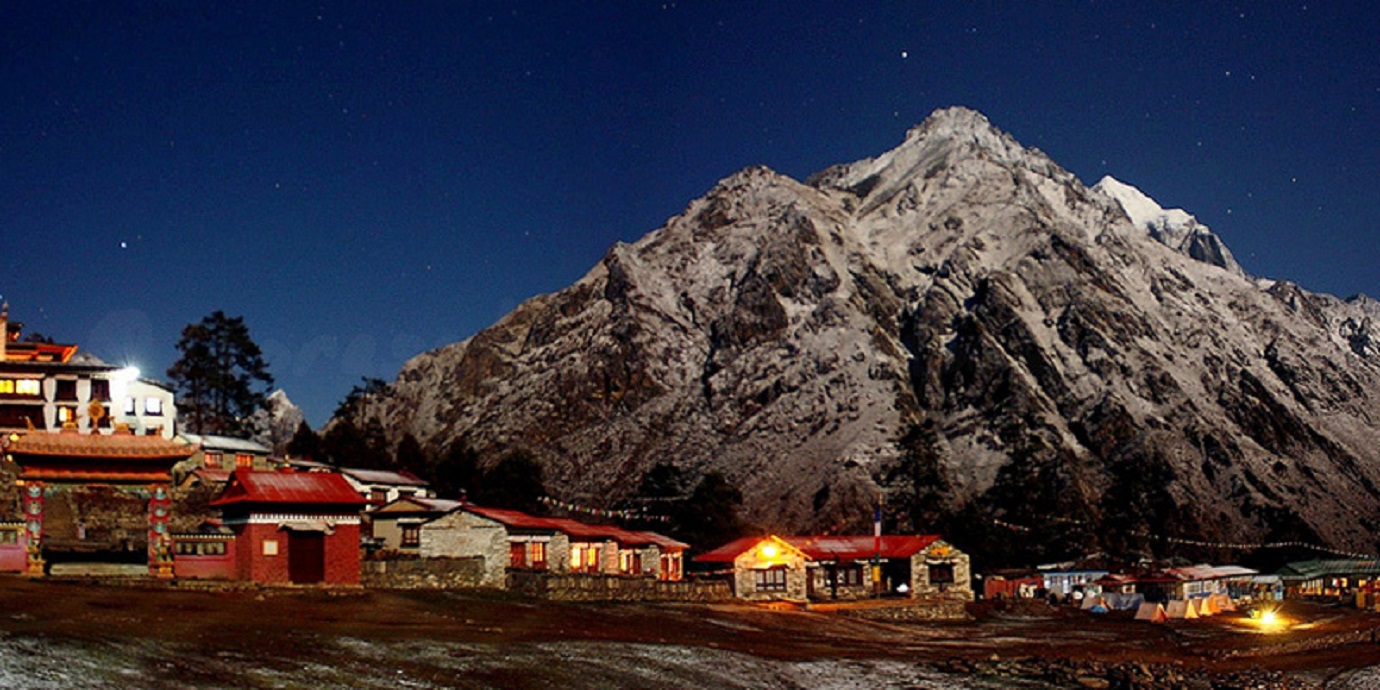
Conclusion from Trekking Planner Nepal.
Trekking to Everest Base Camp in July is a unique and rewarding experience that combines adventure, culture, and nature. With the right preparation, equipment, and guidance, you can conquer the challenges of the trek and enjoy the beauty of the Khumbu Region. Trekking Planner Nepal is a trusted and experienced trekking company that can make your dream of trekking to Everest Base Camp a reality. Book your trip now and embark on an adventure of a lifetime!
Explore Nepal Trekking Planner's Everest Base Camp Trekking Packages:
Everest Base Camp Trekking: 15 Days
Everest Luxury Lodge Trekking-14 Days
Ama Dablam with Everest Base Camp Trek-15 Days
Everest Base Camp Trek by Road: 17 Days






